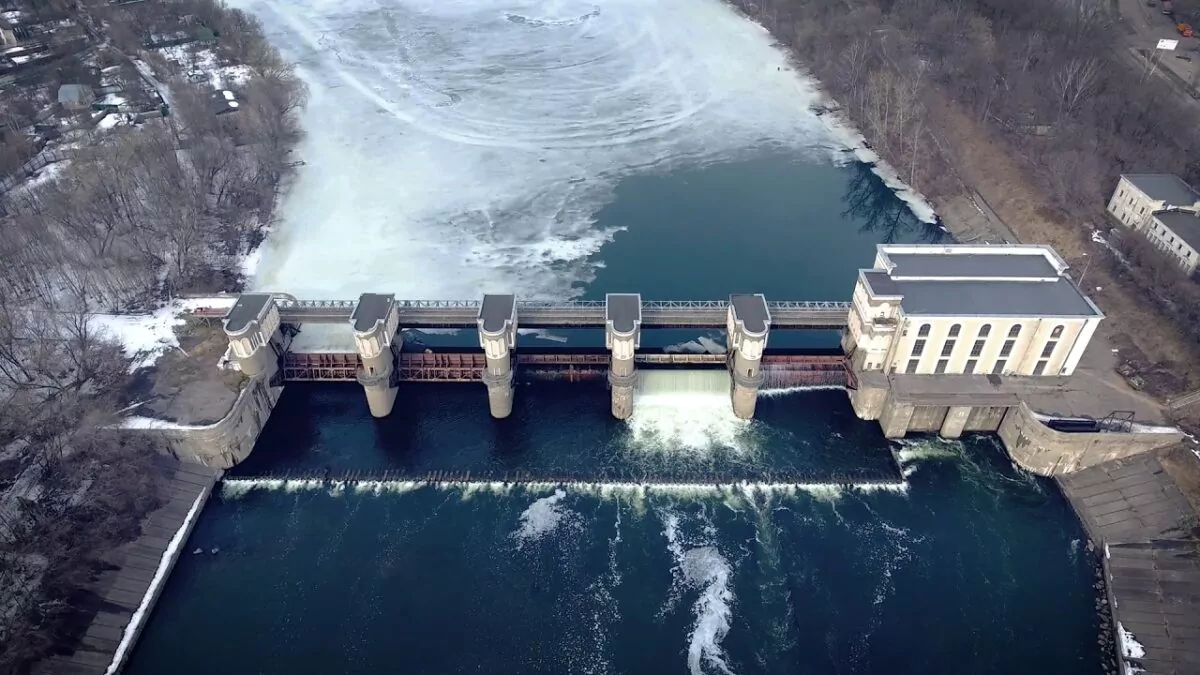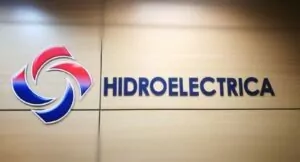The Chairman of the Board of Directors of the state-owned company Nuclearelectrica, Teodor Chirica, announced on Tuesday on TVR that the future nuclear power plant with mobile reactors, built by the American company NuScale, will most likely be located “in the area of the coal-fired power plants that will be decommissioned”.
Urmărește mai jos producțiile video ale Economedia:
- articolul continuă mai jos -
Chirica said a feasibility study is underway to decide the best location. He gave general examples of coal-fired power stations that have closed or are in the process of closing.
“Let’s see which thermal power plants are closed: Deva, Turceni, Rovinari, maybe Paroseni. But I am speaking totally unsubstantiated. Maybe Oradea. We don’t have the elements to put our finger on a site. These sites are under study, it’s an action started a year ago through a grant started a year ago, evaluating potential sites to have the first screening. (…) Generally speaking in the area of coal-fired power stations that are going to be decommissioned. We don’t have all the elements and we are building them together with the Americans. Such a project is built over time. The study on the location takes into account elements of meteorology, population, geological structure,” said Teodor Chirica on the TVR 1 Referendum show.
Another Romanian state official, Mădălina Coca (director of the National Commission for the Control of Nuclear Activities – CNCAN) said that “we have been preliminarily informed about the basic characteristics of the project and the preliminary process of selecting possible sites. Several sites have been identified which need to be analyzed in detail in relation to the population in the area, seismicity, environmental issues. I think there were about 17 sites. It is clear that from those sites it will be possible to select a few. The final decision will be taken by the company and the Ministry of Energy.”
Background. The US and Romania announced plans in Glasgow last week to locate a small mobile reactor nuclear power plant in Romania for electricity generation by 2028.
It is a nuclear power plant in partnership with the US company NuScale Power, which has developed a revolutionary technology based on small nuclear reactors. In September 2020, NuScale Power received approval in the US for its mini nuclear reactor. In Europe, however, these mini nuclear reactors are not yet licensed. In addition to Romania, the US company NuScale Power has signed memorandums of understanding with state energy companies in Poland, Bulgaria, and Ukraine.
So far, NuScale has not built a mini nuclear reactor in the US or any other country in the world.
The agreement signed in Glasgow between Nuclearelectrica and NuScale shows that the two companies will take steps to develop a 6-module, 462 Mwe NuScale plant in 2027/2028 at the earliest, according to a Nuclearelectrica release. A 6-module NuScale plant will generate 193 permanent jobs, 1500 construction jobs and 2300 manufacturing jobs.
Energy Minister Virgil Popescu said that “our target is to place SMRs in the locations of existing coal-fired power plants, thus achieving a reduction in carbon footprint, saving jobs and local income and ensuring an acceptable transition for existing coal-fired power plants, their workers, the community and local businesses,” added Virgil Popescu.
How the new American technology works. NuScale – a private company based in the US state of Oregon – claims its new technology will lead to smaller, safer and cheaper reactors. Each such reactor would produce 60 megawatts. A nuclear power plant would contain 12 modular reactors, each built in its own US plant and then shipped out.
Background. Romania, through the state-owned company Nuclearelectrica (SNN), is interested in SMR modular mini-reactor technology and signed a memorandum of understanding with the US company NuScale Power in 2019.
In January 2021, Nuclearelectrica SA received a $1.27 million non-reimbursable grant from the US for services needed in the process of finding locations for siting small, modular nuclear reactors, according to a company statement. The locations are other than Cernavodă, where Reactors 1 and 2 of the Nuclear Power Plant now operate.
In October 2021, Romania hosted a seminar on the technology, sponsored by the U.S. Trade and Development Agency (USTDA), which brought together representatives from EU member states, U.S. industry, Romanian energy experts, and other stakeholders.
Also in October, at the Cernavodă nuclear power plant, Minister Virgil Popescu supported the development of this sector in Romania. “Energy stability and decarbonization without nuclear energy are not possible. This is why Romania will build new nuclear capacity at Cernavodă with American, Canadian, and French partners and why we are also paying great attention to SMR technology. Nuclearelectrica is already involved in this project, there are $1.2 million of non-reimbursable funds for analysis and identification of potential sites other than the Cernavodă area and we are looking forward to the results to determine the next steps. Small modular reactors will be the most versatile technology and energy source in the future with many benefits: CO2-free energy source, modular, staged construction, flexibility in operation, and lower initial investment costs. In addition, they can be located in areas with the greatest need for green energy sources,” the minister said, quoted by Agerpres.
In 2019, after Nuclearelectrica signed the memorandum with the US company, former Energy Minister Razvan Nicolescu said that Romania should not move towards installing nuclear technologies that are still in the testing/development phase, because there is nothing more important than safety.
“I have supported and will always support Romanian-American cooperation in the energy field. This cooperation can give much substance to our strategic partnership. I believe that the presence and concern of Romanian companies to keep abreast of the latest technological developments should be encouraged and welcomed when it exists. However, I will never support the installation in our country of nuclear technologies that are still in the testing/development phase, should such a problem ever arise. There is nothing more important than the safety of our children. I think that once a few reactors of this kind are built in the producing country and they work for a while, we can seriously think about it”, said Răzvan Nicolescu at the time.

 Foto: NuScale
Foto: NuScale





























